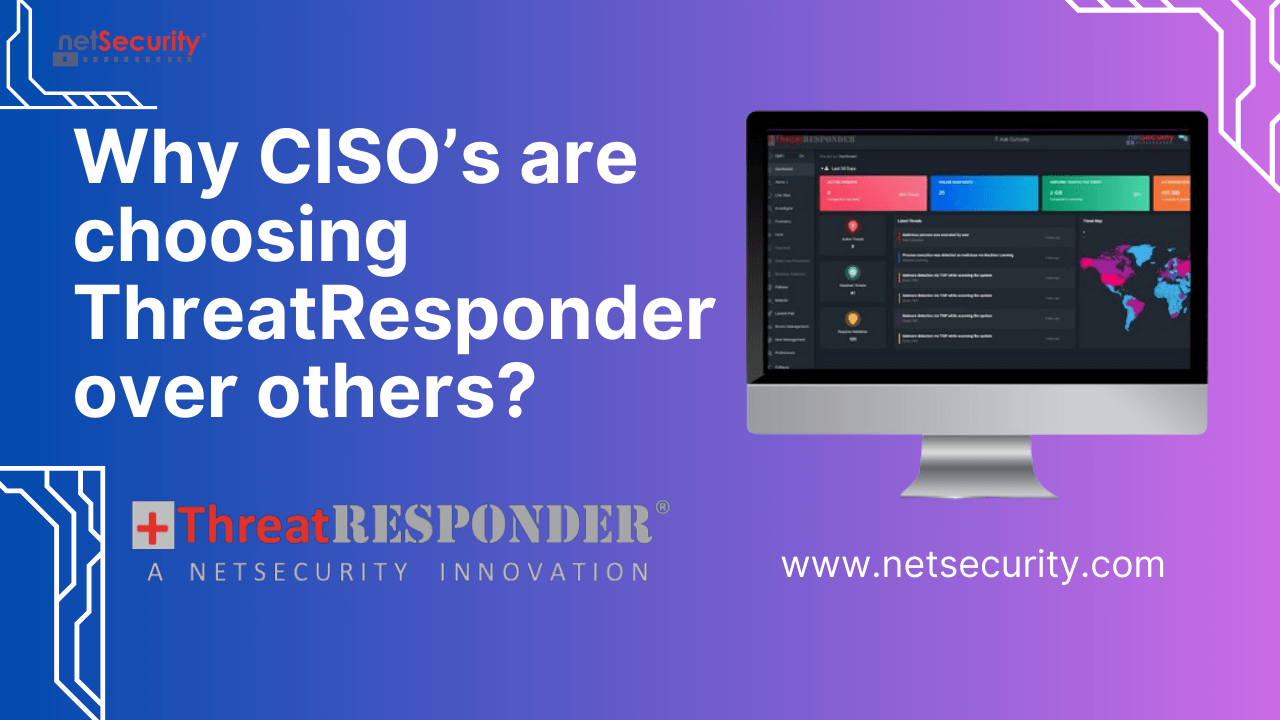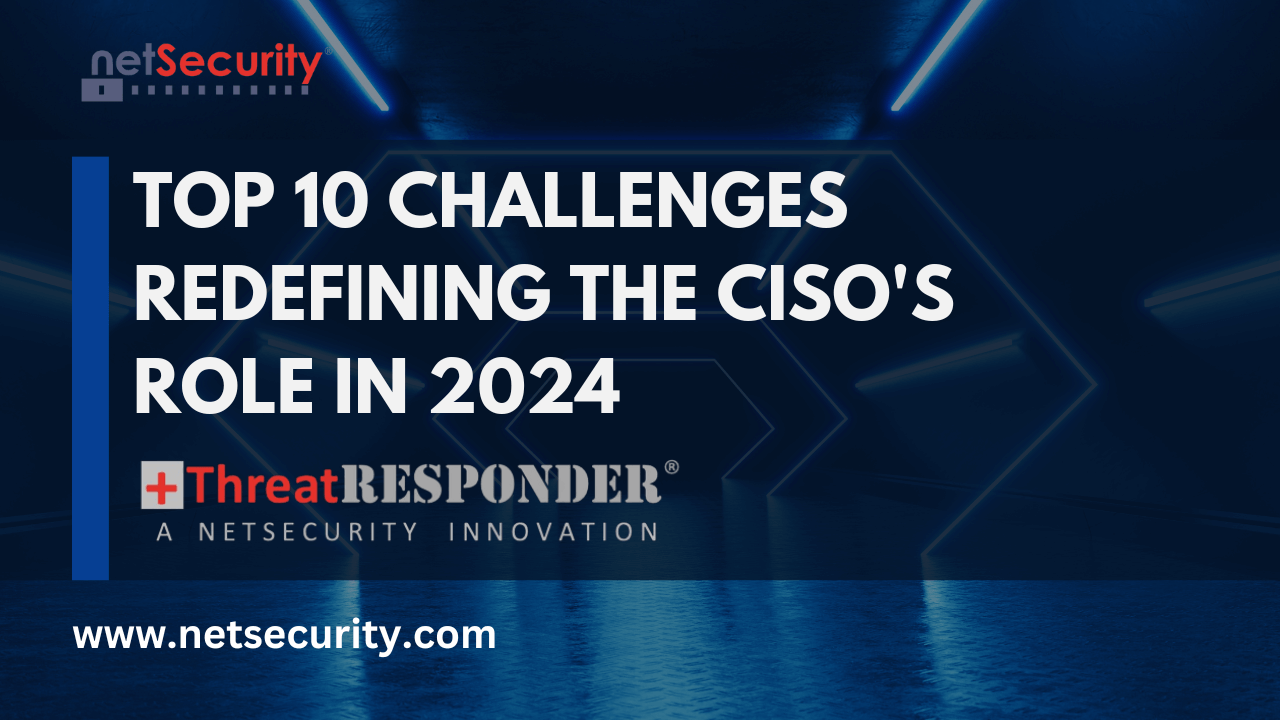What Exactly is Zero Trust Security Model?
What is Zero Trust?
Zero trust is a perimeter-less security model focused on designing effective and efficient security architectures. In enterprise security, the zero trust principle states that anyone inside or outside the network cannot be trusted unless they are identified appropriately. The zero trust philosophy assumes that threats both outside and within the network are omnipresent. In addition, the zero trust model also assumes that any attempt to access a network or application is a security risk. It is these assumptions that drive network administrators to design stringent security measures. A zero trust model is based on the move to the “deny by default” model where any access will be denied by default until verified.
John Kindervag of Forrester Research first coined the term zero trust. An article named “Build Security Into Your Network’s DNA: The Zero Trust Network Architecture,” published in 2010 by Kindervag, explained how traditional network security models do not provide adequate protection because they depend on trust. Administrators must trust people and devices at various points on the network, and if that trust is violated, the entire network could be put at risk.
Because of the evolving global threat landscape, zero trust has gained popularity due to its challenge to long-held assumptions about the trustworthiness of network communications. Well-organized cybercriminals have found clever ways to get beyond traditional security architectures by recruiting insiders and recruiting insiders. Cyber terrorists and financially motivated criminals can also operate more efficiently with more sophisticated hacking tools and ransomware-as-a-service products. Threats like these can penetrate business and commerce, cause disruptions to human life, and steal valuable data.
Why Do Companies Need Zero Trust Security Model?
Enterprises can achieve the following benefits by implementing a Zero Trust Security Model or Zero Trust Security Architecture.
- Defend attack surface
- Prevent data breaches
- Data protection
- Reduced redundancy
- Reduced complexity of the security stack
- Reduced need to hire and train security professionals
Components of the Zero Trust Security Architecture
Following are the fundamental components of building a zero-trust network security model.
- De-perimeterization: Not binding the network inside a fixed perimeter
- The Protect Surface: Comprise of the data, applications, assets, services, and users that you want to protect.
- Multi-factor Authentication: Involves security mechanism for users to access the applications
- Authorization: Involves verifying if the user is allowed to access the application
- Endpoint Verification: Verifying and recording all the endpoints related to the organization
- Micro-Segmentation: creating zones within the network to isolate and secure elements of the network
- Least-Privilege Access: Allowing users to access only essential applications for performing the operations.
- Zero Trust Network Access: Defining security policy based on not trusting anyone from inside or outside the network.
How to Implement Zero Trust Security Architecture?
Zero Trust architectures do not require massive technology modifications or a comprehensive replacement of existing networks. Instead, the framework strengthens existing security practices. Following are some simple steps for implementing a zero trust security model.
- Step1: Define the Attack Surface
– Identify Sensitive Data
– Identify Critical Applications
– Identify Physical Assets
– Identify Corporate Services
- Step 2: Implement Access Controls Around Network Traffic
- Step 3: Architect a Zero Trust network
– Firewalls
– Intrusion Prevention Systems
– Packet Filtering
– Content Filtering
– Email Filtering
– Access Controls
– Multi-factor Authentication
- Step 4: Define a Zero Trust Policy
- Step 5: Perform Active and Continuous Threat Monitoring
Challenges for Implementing Zero Trust Security Model
Though the zero trust model has a large number of potential benefits, it comes with certain challenges:
- Complex Infrastructure
- Cost and Effort
- Complex Understanding
- Lack of Skilled Professionals
How Can NetSecurity ThreatResponder Help You?
Cyber security threats and ransomware attacks are increasing at a tremendous pace. It is extremely difficult for cyber security analysts and incident responders to investigate and detect cyber security threats using conventional tools and techniques. NetSecurity’s ThreatResponder, with its diverse capabilities, can help your team detect the most advanced cyber threats, including APTs, zero-day attacks, and ransomware attacks. It can also help automate incident response actions across millions of endpoints, making it easy, fast, and hassle-free.

Disclaimer
The page’s content shall be deemed proprietary and privileged information of NETSECURITY CORPORATION. It shall be noted that NETSECURITY CORPORATION copyrights the contents of this page. Any violation/misuse/unauthorized use of this content “as is” or “modified” shall be considered illegal subjected to articles and provisions that have been stipulated in the General Data Protection Regulation (GDPR) and Personal Data Protection Law (PDPL).










